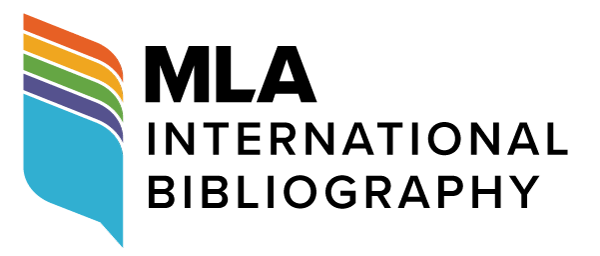Ideological Meandering in Textual Rendering: Binarities, Innuendos and Overtones in Translation
DOI:
https://doi.org/10.18485/bells.2020.12.12Keywords:
translation, meaning, ideology, influence, lexisAbstract
The two essential components of translation are culture and language, and the inquiry into translation and translating lies in bringing together theory and practice in an interactive fashion. As it is essentially a linguistic exercise, the translation process needs to include a meticulous contemplation of all linguistic aspects of the text, including phonemic, morphological, syntagmatic, and semiotic facets. However, it would be naïve to believe that the list ends there. Political and ideological beliefs will not shape just the TL expressions and narratives – translation too, will frequently reflect the translator’s political affiliation or ethnic belonging. This paper selectively explores linguistic features that translators need to be alert about in their work. In conjunction with other considerations, including textual, phatic, cultural and stylistic, the translator’s work definitely appears to be an informed act. In the analysis of text organization, in particular with relation to translation, the concept of semantic congruence comes to the fore. This being the case, the translator needs to be aware of the key textual mismatch between English and Serbian in order to produce acceptable TL renderings. His or her ability to move from parataxis to hypotaxis and vice versa constitutes an important component of their translatorial competence.
Downloads
References
Downloads
Published
Issue
Section
License

This work is licensed under a Creative Commons Attribution-ShareAlike 4.0 International License.
Authors who publish with this journal agree to the following terms:
- Authors are confirming that they are the authors of the submitting article, which will be published (print and online) in Belgrade English Language and Literature Studies by the Faculty of Philology, University of Belgrade (Faculty of Philology, Studentski trg 3, 11000 Belgrade, Serbia). Author’s name will be evident in the printed article in the journal. All decisions regarding layout and distribution of the work are in hands of the publisher.
- Authors guarantee that the work is their own original creation and does not infringe any statutory or common-law copyright or any proprietary right of any third party. In case of claims by third parties, authors commit their self to defend the interests of the publisher, and shall cover any potential costs.
- Authors retain copyright and grant the journal right of first publication with the work simultaneously licensed under a Creative Commons Attribution-ShareAlike 4.0 International License that allows others to share the work with an acknowledgement of the work's authorship and initial publication in this journal.
- Authors are able to enter into separate, additional contractual arrangements for the non-exclusive distribution of the journal's published version of the work (e.g., post it to an institutional repository or publish it in a book), with an acknowledgement of its initial publication in this journal.
- Authors are permitted and encouraged to post their work online (e.g., in institutional repositories or on their website) prior to and during the submission process, as it can lead to productive exchanges, as well as earlier and greater citation of published work.




